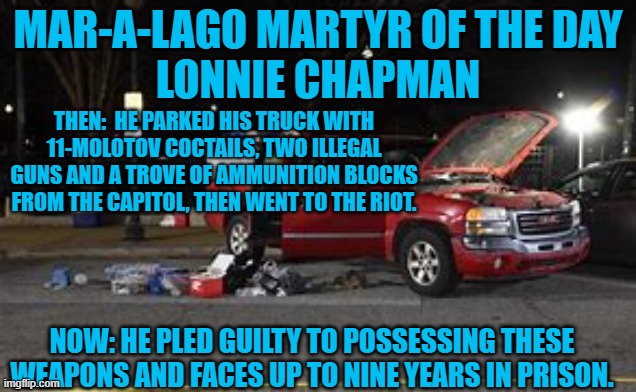

It is unlikely that civilians will be protected by using a weapon against a moving vehicle.Īccording to the law of war principle, no weapon can be used in an indiscriminate manner.

They are only used if they are clearly separated from civilians in order to avoid military objectives. According to Article 2(3) of the Chemical, Biological, Rocket, and Mortar Weapons (CCW) Protocol, the use of a Molotov cocktail to deliver air is unlikely to qualify. An article 1 definition of an incendiary weapon includes any weapon or munition that is intended to set fire to objects primarily. Consider the 1980 Convention on Certain Conventional Weapons Protocol on Use of Incendiary Weapons (CCW Protocol III). Most Molotov cocktails are distinguished by a primary influence rather than a secondary influence.

Their ambiguity and fluidity have limited or obscured the effects of their regulations, or, as seen below, their adaptability.

There has been a second strain of legislation that has sought to apply broad principles to weapons regulation. Petersburg for the first time in the early twentieth century under a first strain of regulation. According to tradition, weapons were prohibited in St. There are two approaches to weapon regulation that have been used extensively in the law of war. Traditional taboos on poison and barbed weapons dating back to ancient times have imposed legal limits on weapons. In the 1936 Spanish Civil War, improvised hand-held firebombs played a role. A gasoline-filled glass bottle, with a lit cloth fuse, or wick soaked in alcohol capping, is typically referred to as a gasoline cap. There are limits to the amount of liquid that can be poured into a barrel of Molotov cocktails for Ukrainian and Russian use. The federal law defines a molytov cocktail as a destructive device because it contains gasoline and ignites when a fuse is broken.


 0 kommentar(er)
0 kommentar(er)
